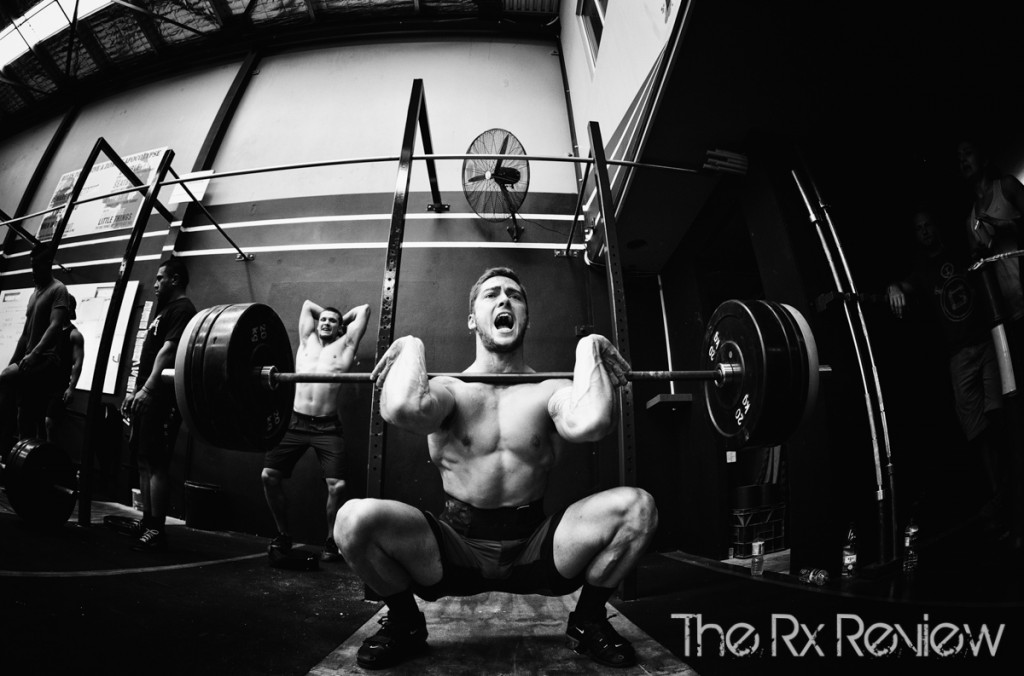
Squatting is a power exercise that trains multiple muscles simultaneously. It requires synergy between your lower and upper body to build strength, grow muscle, and increase your athleticism. The rudimentary squat is one of the most effective strength training exercises that can be performed at home, and in the gym. It is highly regarded among those in the know, as it enhances many daily activities such as walking, jogging, climbing stairs, lifting heavy weights, and general strengthening of the muscles in your calves, quadriceps, and glutes.
The premise of a good squat is solid footing. It all begins with proper foot placement. There are advocates of placing your feet forward when squatting, allowing for torque to be generated through the hip external rotators. This also prevents a collapse of the arch of the foot. By forcing the knees out, it is much easier to guarantee enhanced arch control in tandem with the correct knee positioning. Further information is available through the Upstep custom orthotics blog with in-depth analysis of conditions such as metatarsalgia, planter fasciitis, custom orthotics for weightlifting, and recovery from foot injuries et al.
What Does Squatting Actually Do for Your Body?
Squatting is a high-intensity muscle workout. The moment your quadriceps are parallel to the floor, the burning starts and the bodybuilding begins. The lower body bears the brunt of squats, but when done properly, squats are a powerful compound exercise that targets multiple areas, including the following:
- Calves
- The glutes
- Hamstrings
- Hip flexor muscles
- The quadriceps muscles
- Adductor muscles in the groin
When correct posture is exerted, squats are effective exercises for the core, notably the oblique muscles, the rectus abdominis, the erector spinae, and the transverse abdominis. Remarkably, the basic squat is one of the most effective squats and no additional weights are required for this exercise. It can be accomplished simply by using your own body weight.
For additional resistance, weights can be added on the ankles, or with dumbbells or with barbells.
You can join a gym like thedogpound.com to reach all the professional equipment.
The body benefits from squats in several ways, notably:
- Squats strengthen core muscles, and leg muscles, and in so doing lessen the degree of injury that may result. Correctly performed squats are extremely beneficial to strengthen ligaments, tendons, and even bones. This can provide a buffer against gym-related injuries.
- By squatting correctly, your back muscles will be strengthened, and this reduces the risks of injury. A strong core makes it much easier to perform common side-to-side movements, bending and standing. This improves balance and eases pain near the base of the spine. It’s also ideal for improving posture. Lower body muscle strengthening is a common benefit of squatting.
- According to research conducted by Harvard Medical School, squatting for half an hour can burn over 220 calories. While most folks attribute calorie burn to high-intensity aerobic workouts like cycling, running, or swimming, squatting is a slow and deliberate power exercise that chews up calories.
- As a unique exercise, squatting adds much-needed variety to your training regimen. This keeps your strength training routine varied and it is highly effective in activating different muscle groups that you would otherwise not train in a regular workout. Unlike bench presses, leg presses, and triceps pulldowns which are limited to the gym, squats can be done pretty much anywhere. All that’s required is for you to lower your body into a sitting position using your own body weight as resistance. You can also perform squats with an inflatable ball between your back and the wall, with or without free weights.
The basic squat is not without its risks, however. When performed incorrectly, muscle tears, strains, and sprains are possible. The risk of hernia-related injuries is also prevalent, as are risks of slipped discs. A good posture and deliberate, well-practiced movements will certainly make squatting a valuable addition to your strength training regimen.

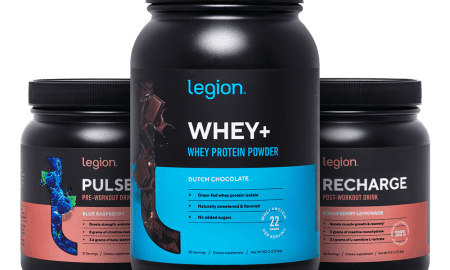


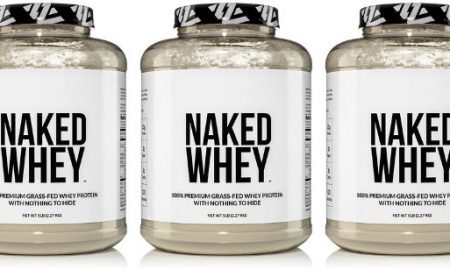
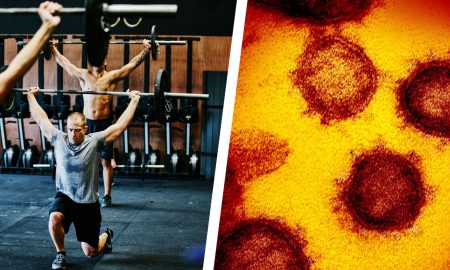



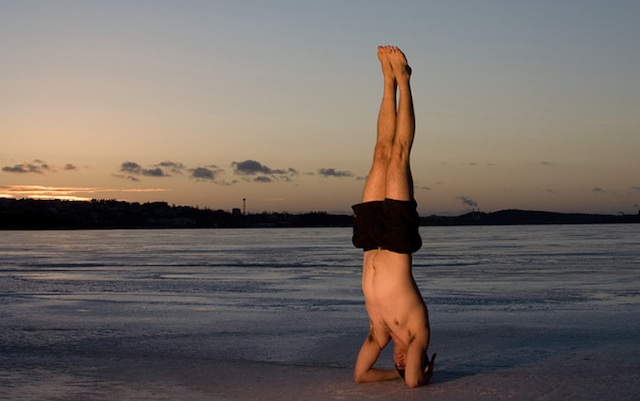






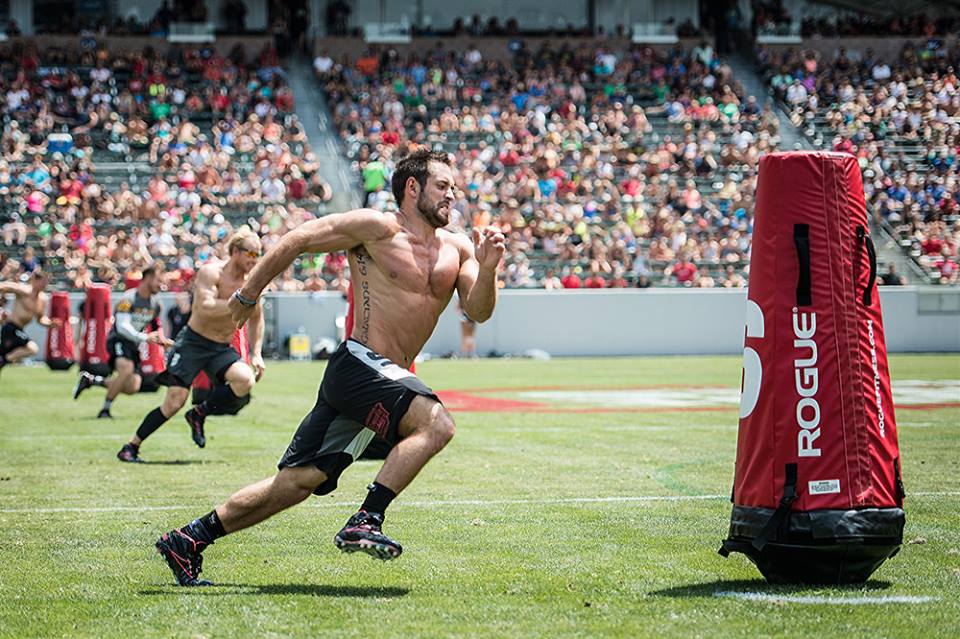

Follow Us